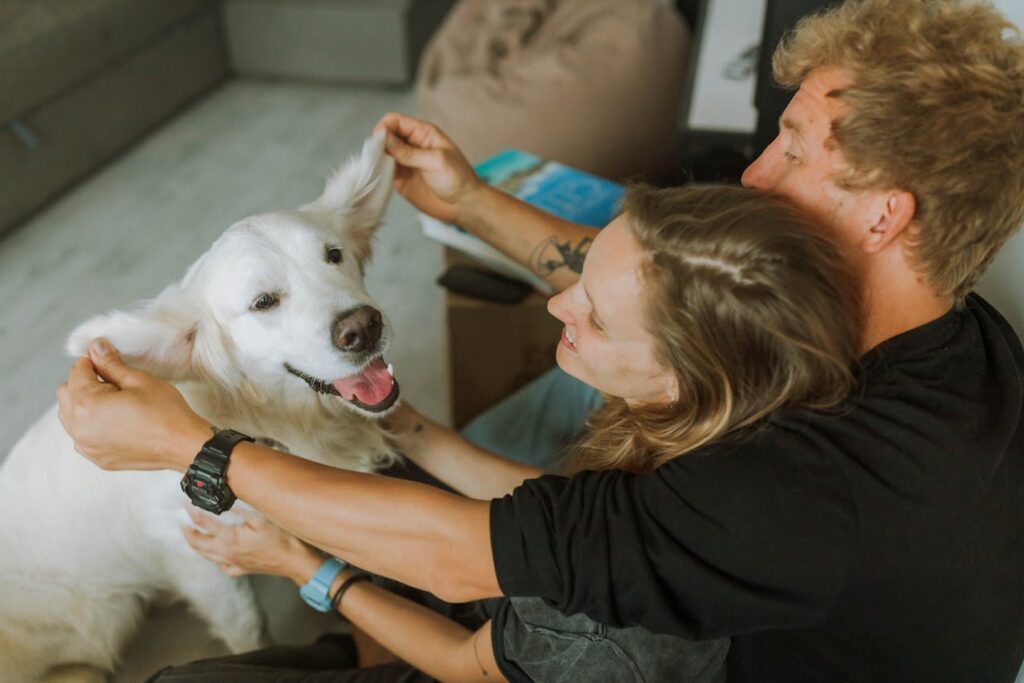
How To Start A Pet Sitting Business In Australia
Starting a pet sitting business in Australia can be a rewarding venture, especially given the country’s high rates of pet ownership and the growing demand for pet care services.
This article outlines the essential steps to establish a successful pet sitting business, including planning, legal requirements, marketing strategies, and ongoing management.

Understanding the Pet Sitting Market
Australia boasts one of the highest rates of pet ownership globally, with over 60% of households having at least one pet. The pet care industry is projected to grow significantly, with the global pet sitting market expected to reach $5 billion by 2027.
This growth is driven by increasing pet adoptions and higher spending by pet owners, particularly millennials who seek premium services for their pets.
Step 1: Planning and Preparation
Research and Market Analysis
Before launching your business, conduct thorough research on existing pet sitting services in your area. Identify your potential competitors, their pricing structures, and the services they offer. This information will help you carve out your niche in the market.
Consider whether you want to focus on specific types of pets or offer a broader range of services such as dog walking, boarding, or care for exotic pets.
Define Your Services
Decide on the specific services you will provide. Common offerings include:
- Dog walking
- Pet boarding
- In-home pet sitting
- Pet grooming
- Training sessions
Make sure to tailor your services to meet the needs of your target market.
Step 2: Legal Requirements
Business Structure and Registration
Choose a suitable business structure—sole trader or company—and register your business name with the Australian Taxation Office (ATO). You will also need to obtain an Australian Business Number (ABN) if your earnings exceed $18,200 in a financial year.
Insurance
Public liability insurance is essential for protecting yourself against claims for damages or injuries caused by pets in your care. Depending on your services, consider additional coverage such as professional indemnity and personal accident insurance.
Local Regulations
Check with your local council regarding regulations on pet ownership and business operations. You may need permits for keeping multiple pets or operating a home-based business. Familiarize yourself with the Animal Care and Protection Act 2001, which outlines your legal duty of care towards animals under your supervision.
Step 3: Developing a Business Plan
A well-structured business plan is crucial for guiding your operations and securing funding if needed. Your plan should include:
- Business objectives: Define what you aim to achieve.
- Market analysis: Detail your research on competitors and target customers.
- Service offerings: List all services you plan to provide.
- Marketing strategy: Outline how you will attract clients.
- Financial projections: Estimate startup costs and potential revenue streams.
Consider using templates available online or seeking assistance from local business support organizations.
Step 4: Setting Up Your Business
Financial Management
Open a separate bank account for your business transactions to keep personal finances distinct from business finances. This practice simplifies accounting and helps maintain clear financial records.
Equipment and Supplies
Invest in necessary equipment such as:
- Pet care supplies (food bowls, leashes, beds)
- Transportation for pets (if applicable)
- Marketing materials (business cards, flyers)
Consider creating a website or social media profiles to promote your services effectively.
Step 5: Marketing Your Pet-Sitting Business
Online Presence
Establish an online presence through a professional website showcasing your services, pricing, and testimonials from satisfied clients. Utilize social media platforms like Facebook and Instagram to engage with potential customers and share updates about your business.
Networking
Build relationships with local veterinarians, pet stores, groomers, and other businesses in the pet industry. These connections can lead to referrals and collaborative marketing opportunities.
Promotions
Offer introductory discounts or package deals to attract new clients. Consider loyalty programs that reward repeat customers with discounts or free services after a certain number of bookings.
Step 6: Ongoing Management
Client Relationships
Maintain strong communication with clients by providing regular updates during pet-sitting assignments. This transparency builds trust and encourages repeat business.
Professional Development
Stay informed about industry trends and best practices through ongoing education. Consider taking courses in animal care or first aid to enhance your skills and credibility.
Financial Oversight
Keep accurate records of income and expenses for tax purposes. Regularly review your financial performance against projections in your business plan to identify areas for improvement.
Conclusion
Starting a pet sitting business in Australia requires careful planning, adherence to legal requirements, effective marketing strategies, and excellent customer service. By following these steps and remaining adaptable to changes in the market, you can create a successful venture that not only provides income but also allows you to work closely with animals—an immensely rewarding experience.






